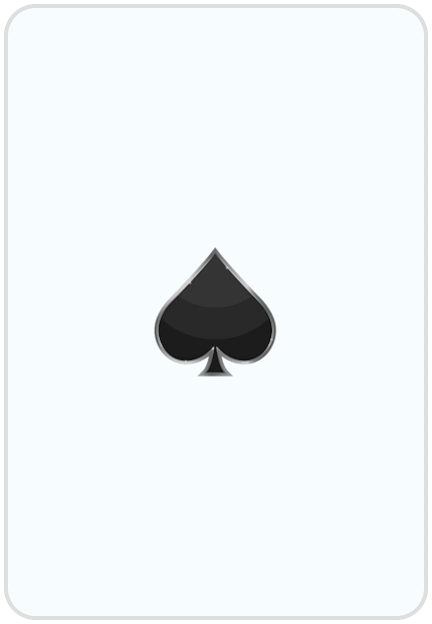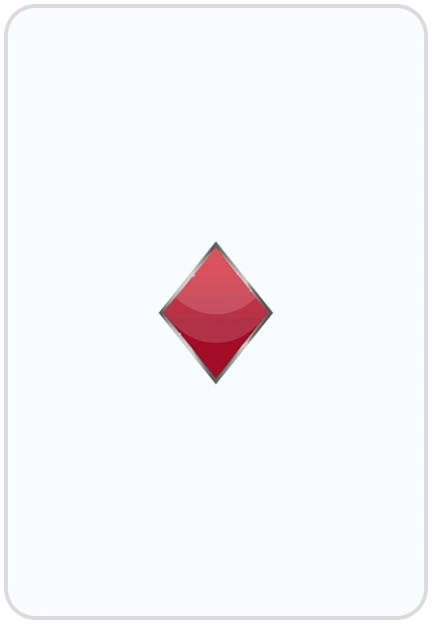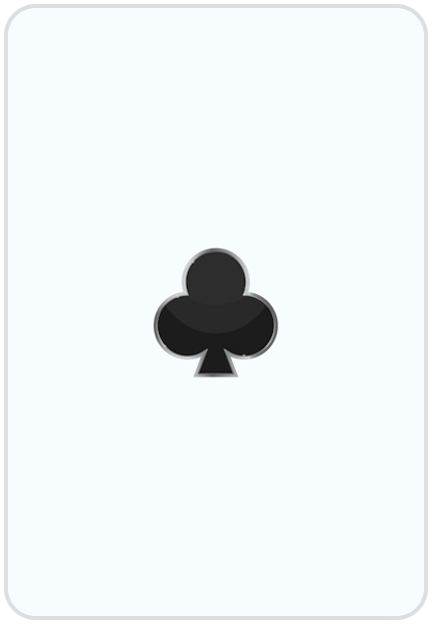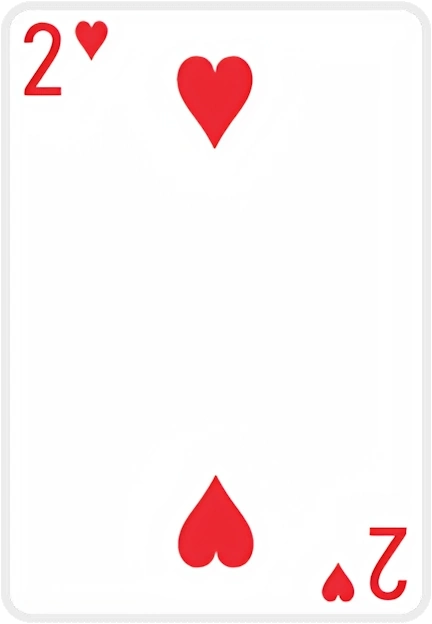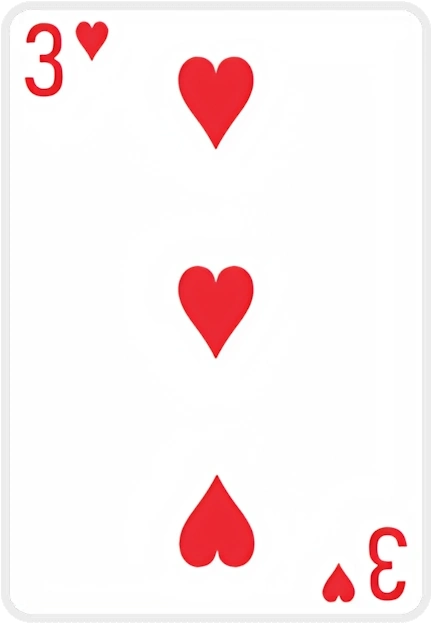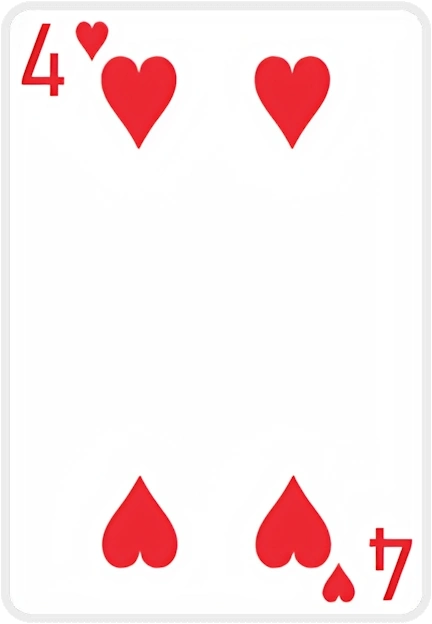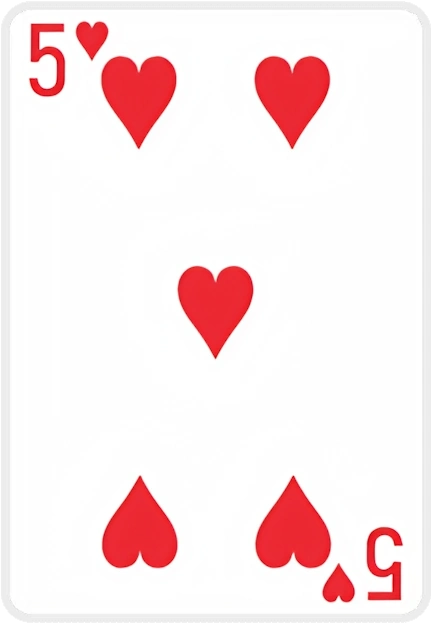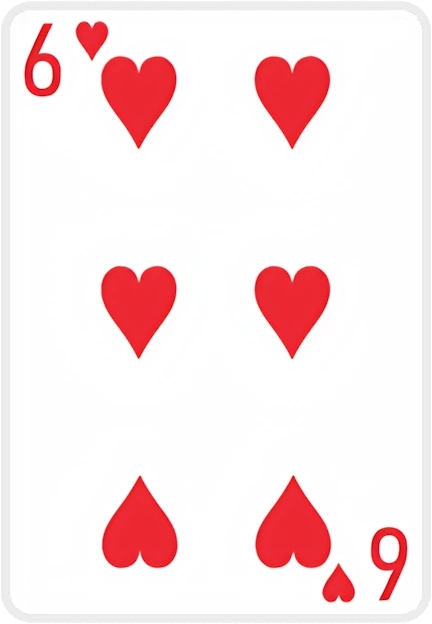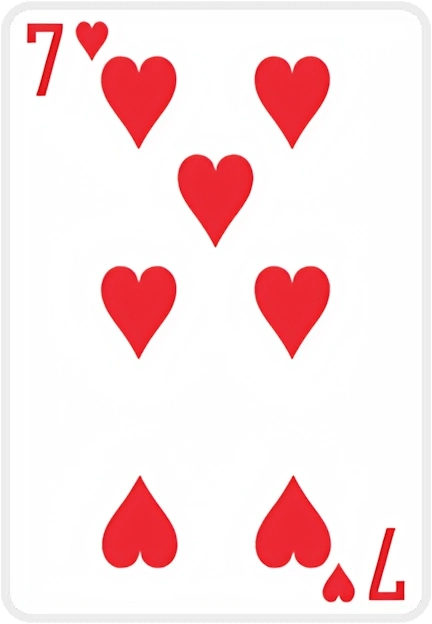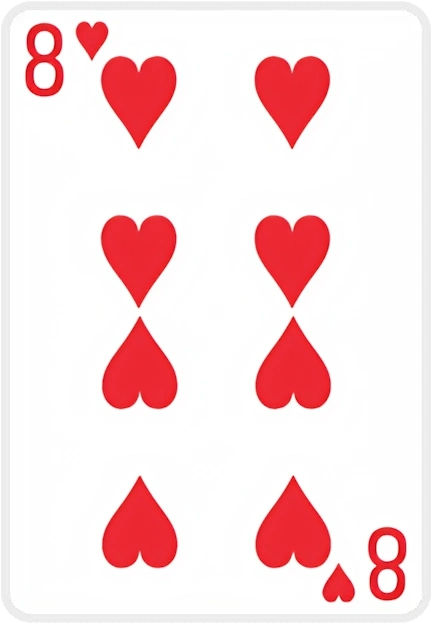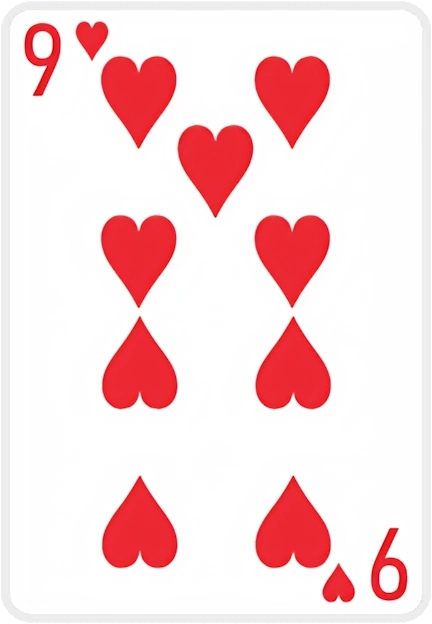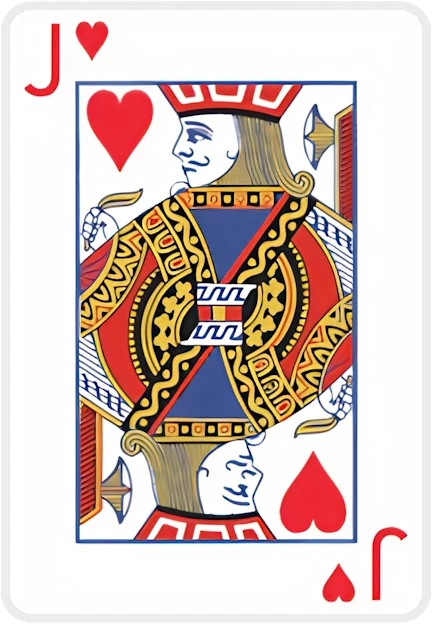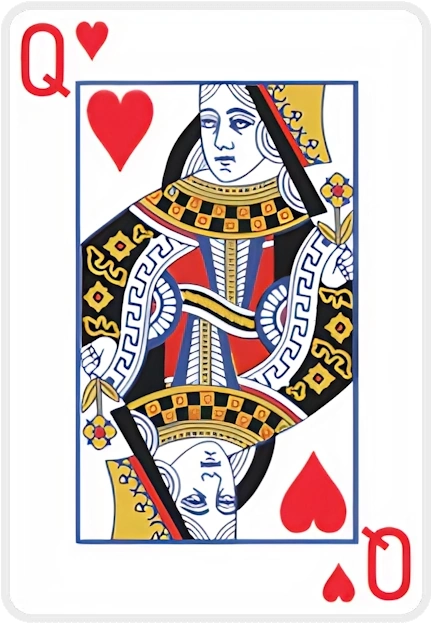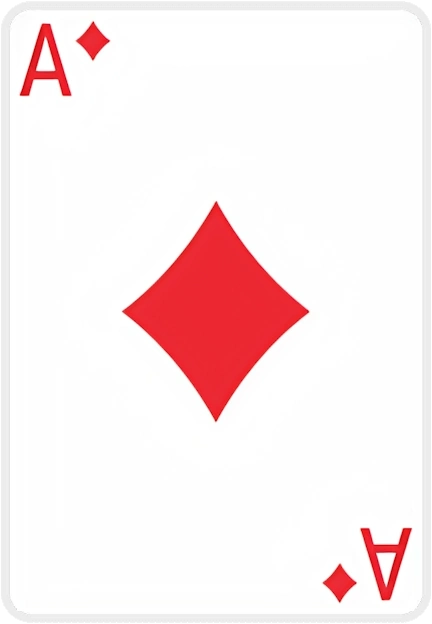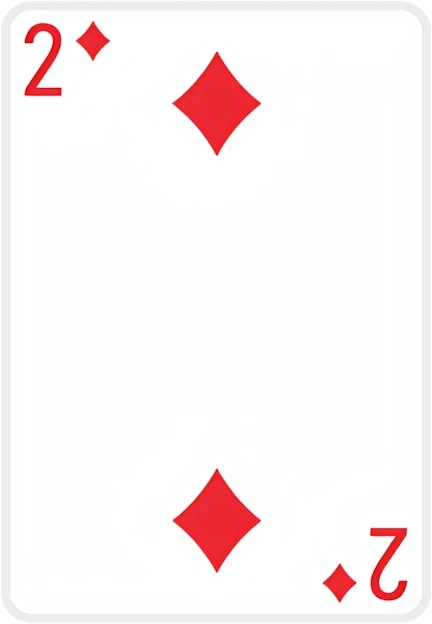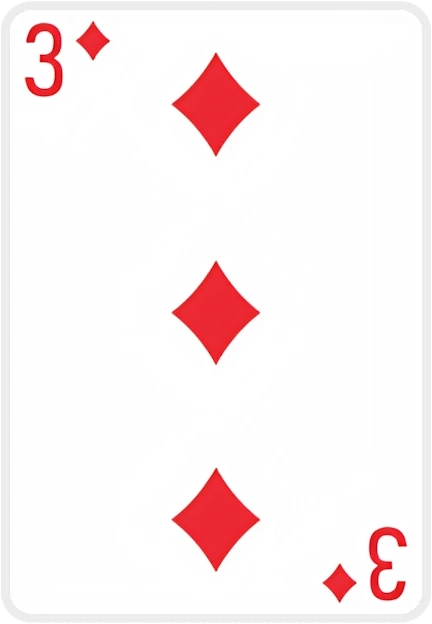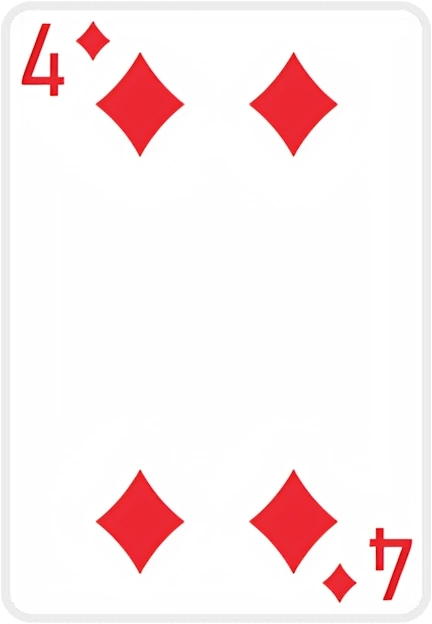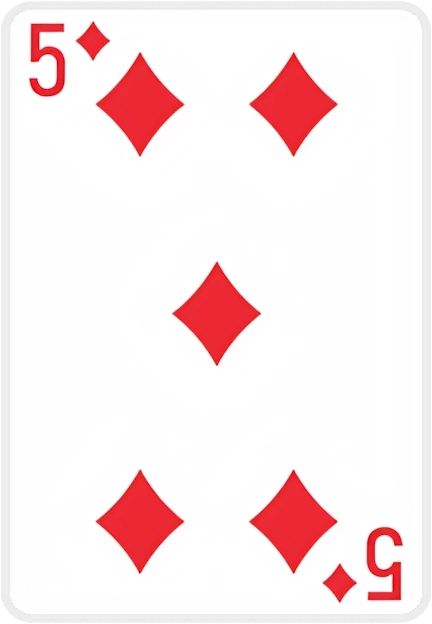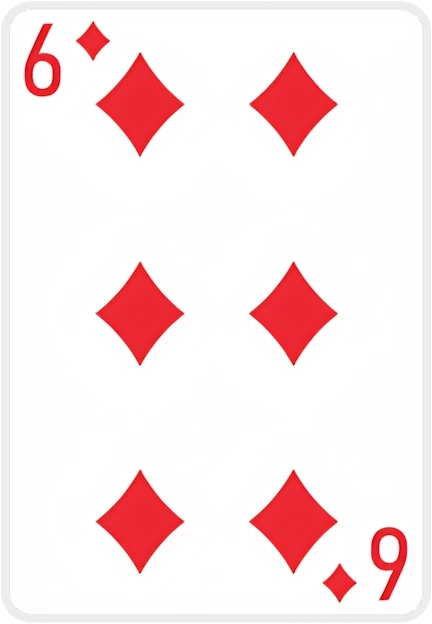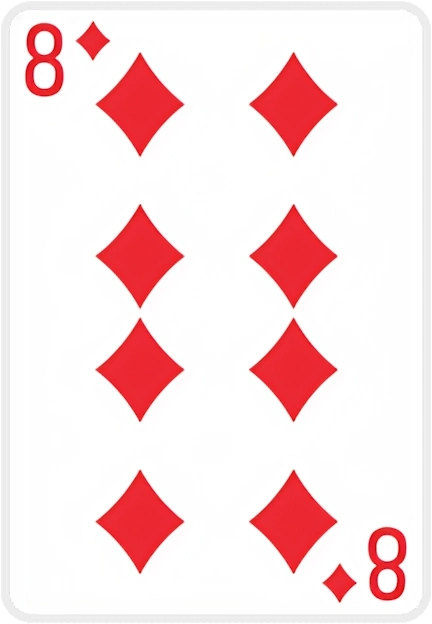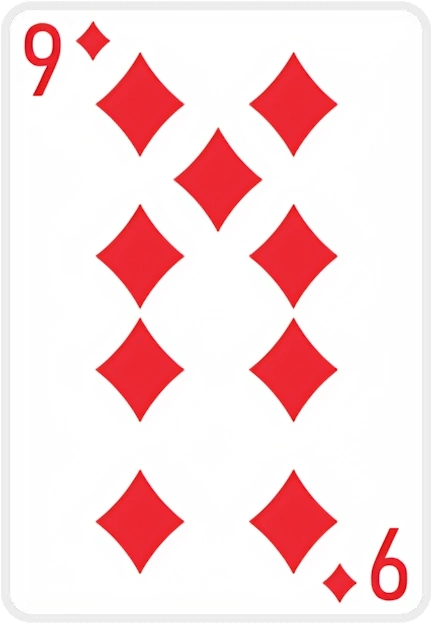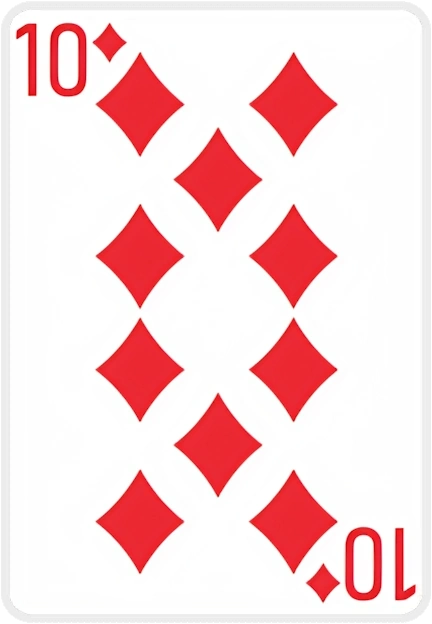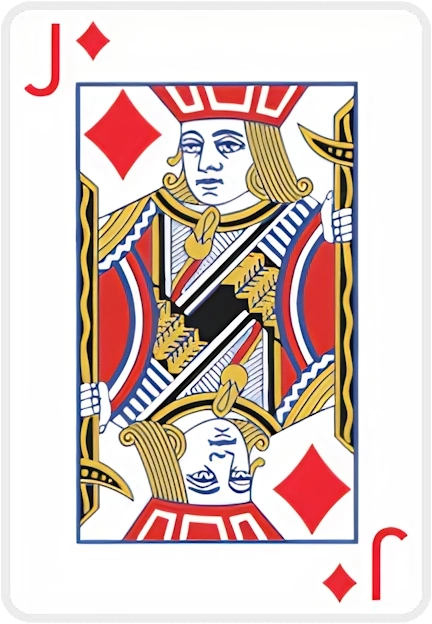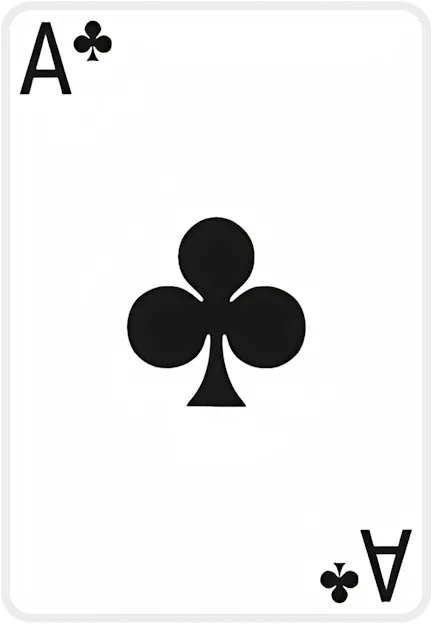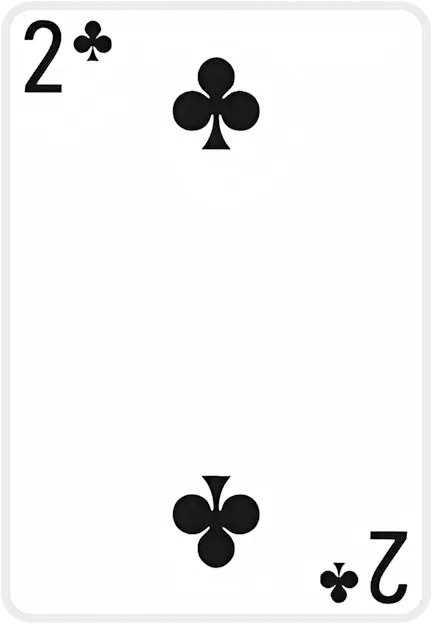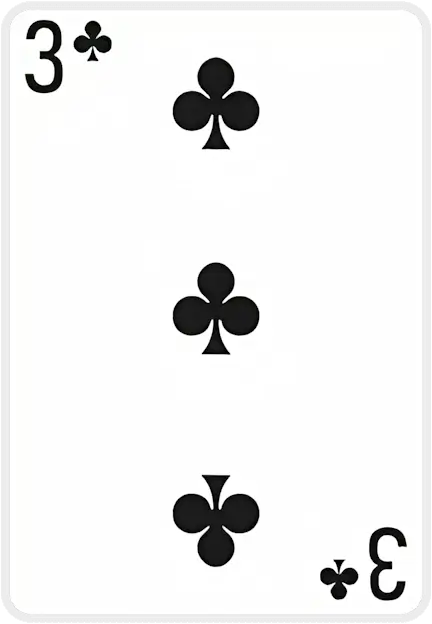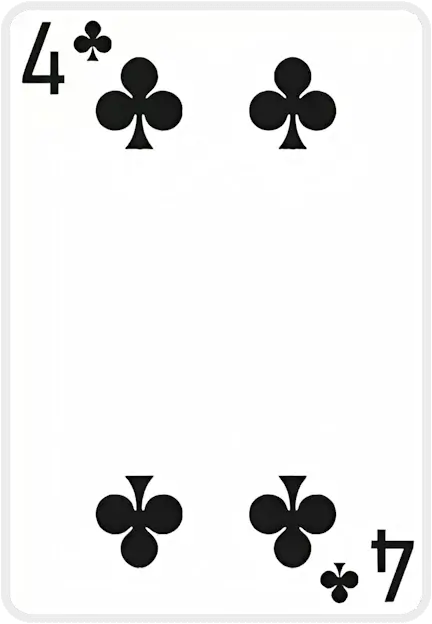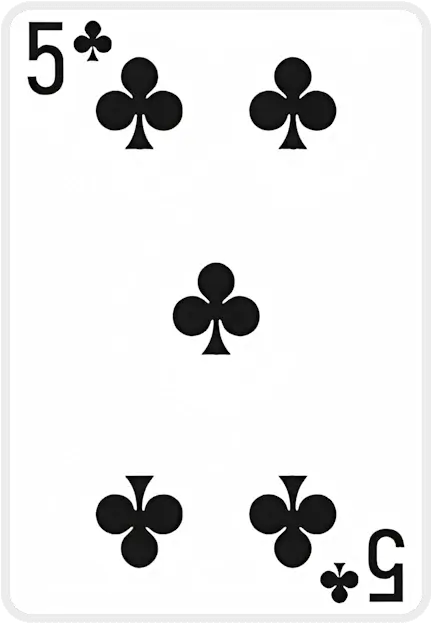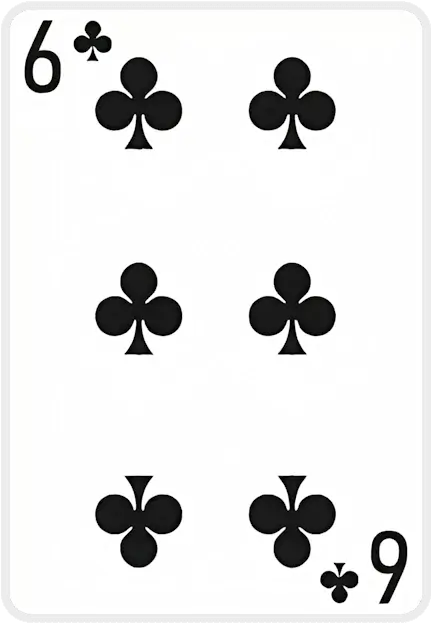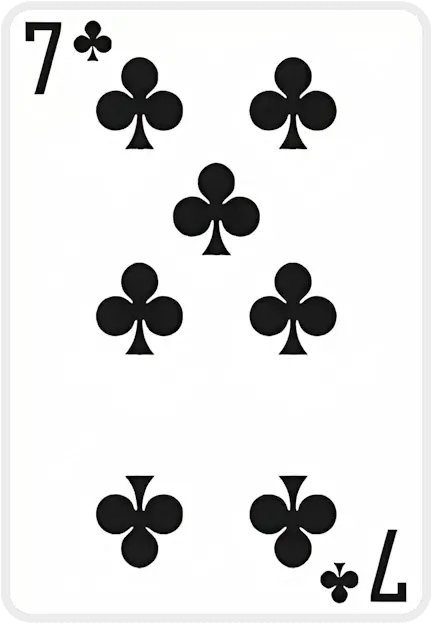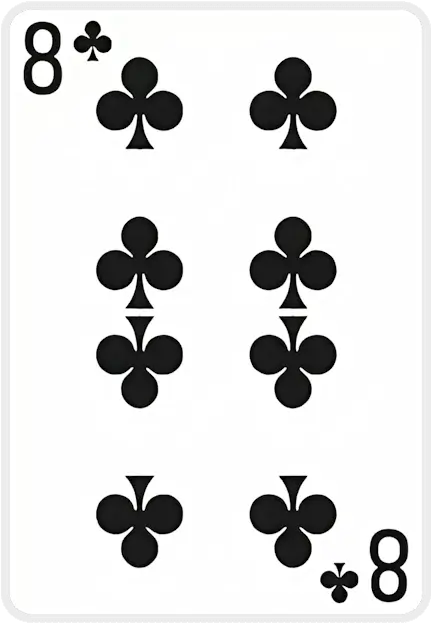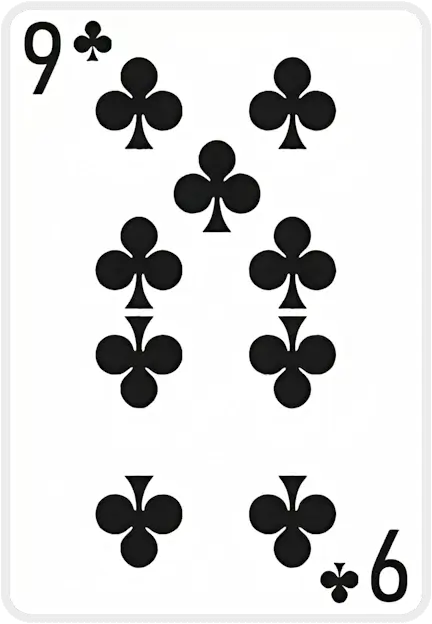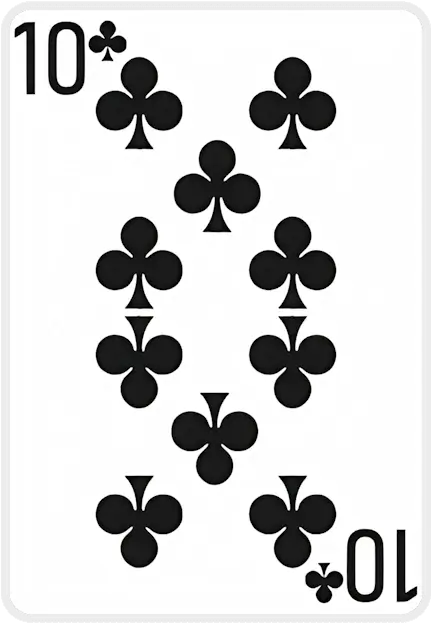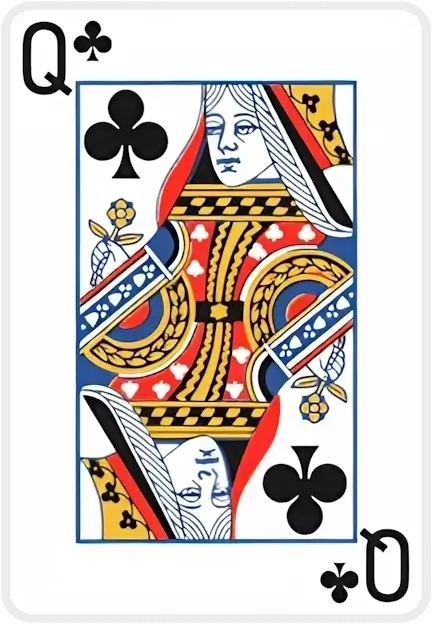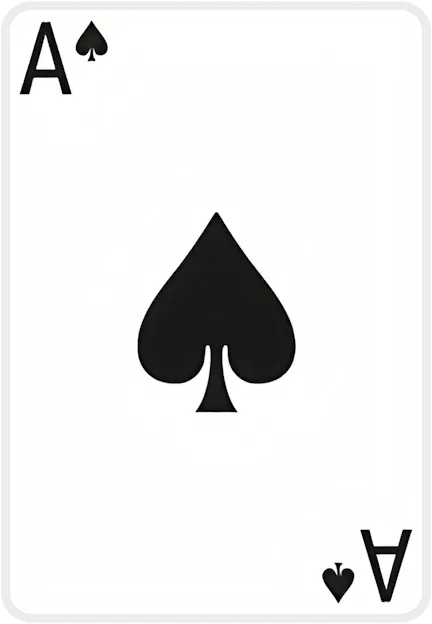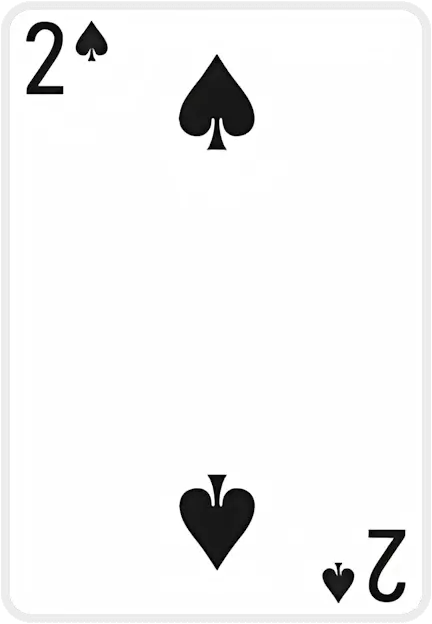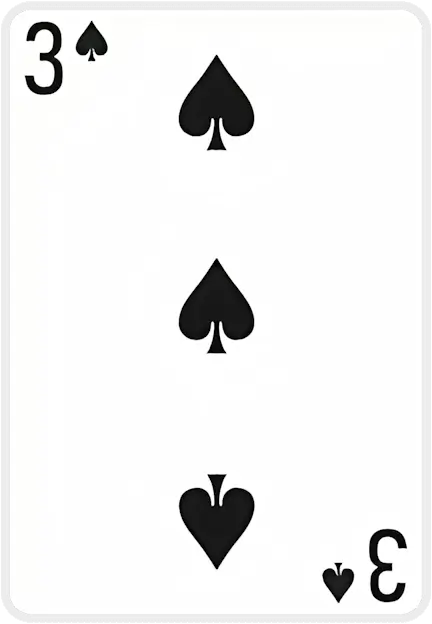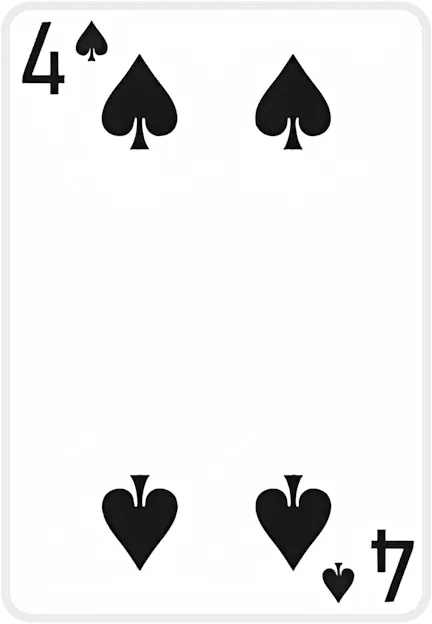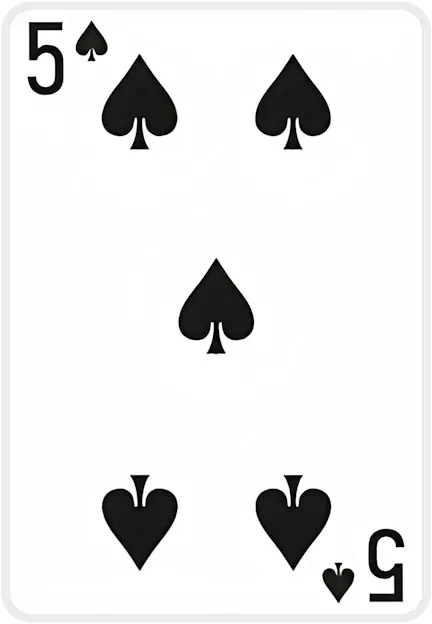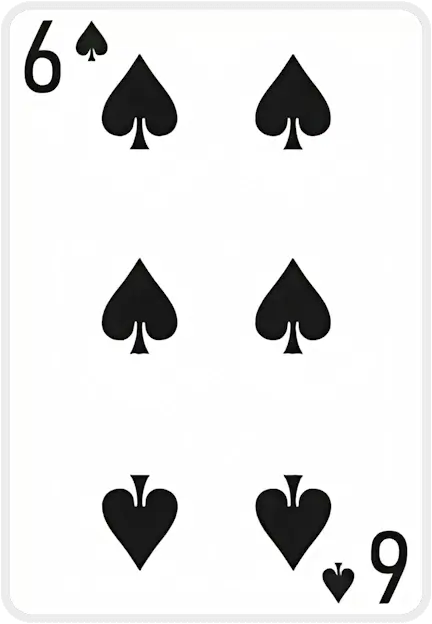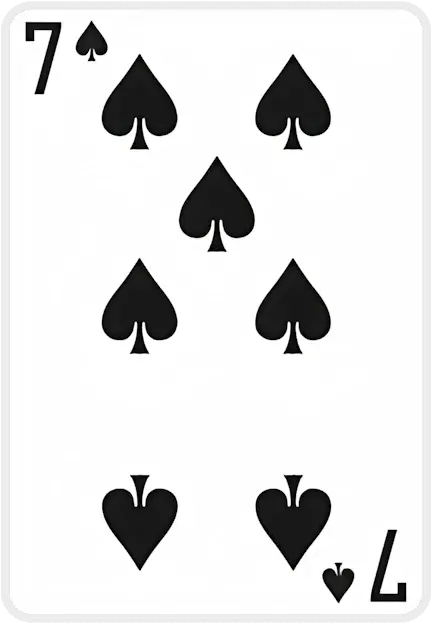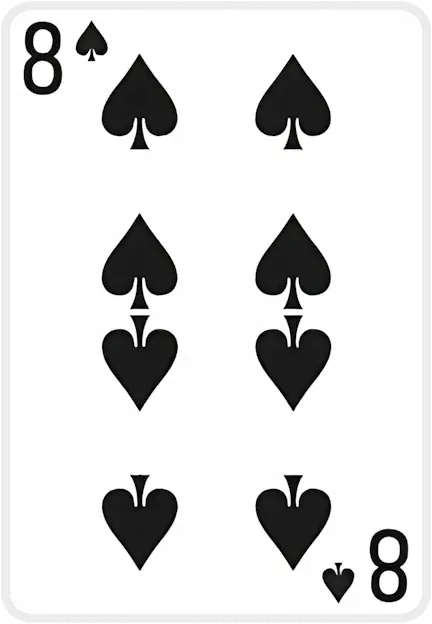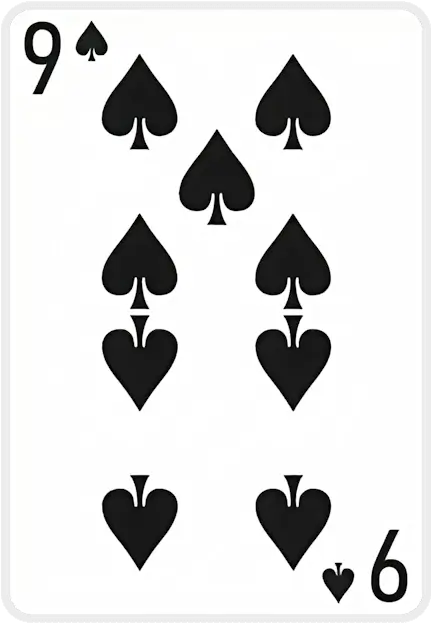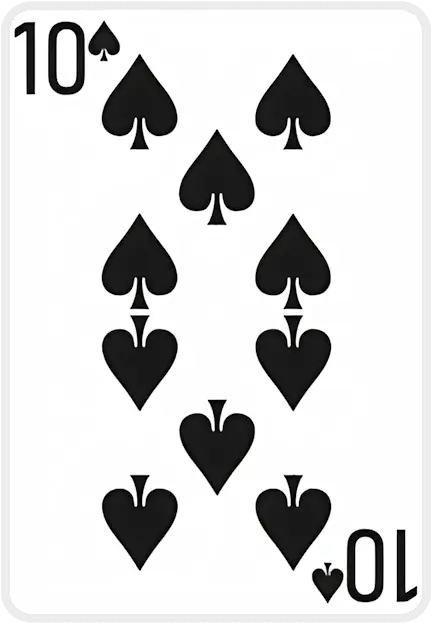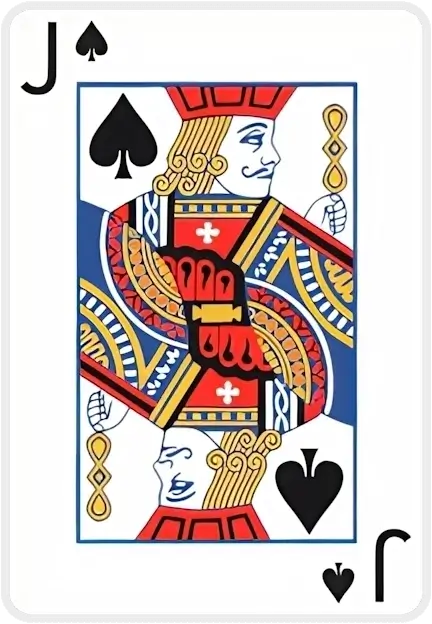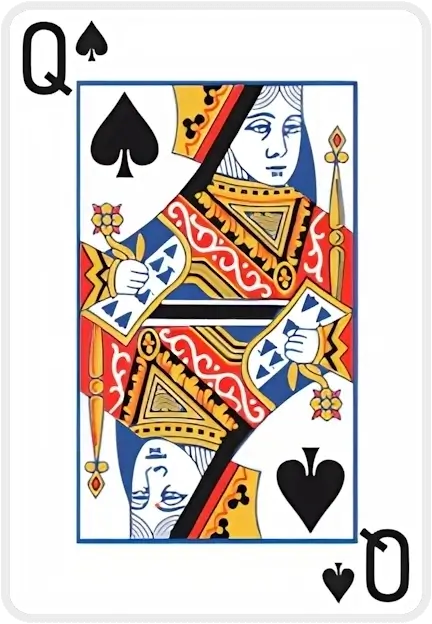Cannot drop, your card needs to be of an opposite suit colour
Cannot drop, your card needs to be one rank lower
Cannot move multiple cards to foundation
Card suit doesn't match foundation pile suit
Card can only be dropped on top of a card pile
Cannot deal cards when there are empty tableau piles
You can only move {0} card(s) at a time based on the current free cells and tableau
The cards don't add up to 13 and cannot be moved
The card is inaccessible and move cannot be performed
Cards must be in sequential order (one higher or lower)
Spiderette Solitaire

Spiderette Solitaire – Little Spider, Big Fun 🕷️🎉
Introduction 🕹️✨
Calling all solitaire enthusiasts! Spiderette Solitaire is a playful twist on the classic Spider Solitaire – imagine Spider’s little sibling that’s quicker to play but still full of strategy. This game uses just one deck (instead of two) and is perfect for players who love Spider Solitaire’s challenge but want a faster, more accessible experience. Even the name “Spiderette” hints at a “little spider” version of Spider, with fewer legs (columns) in its web of cards. The result is a fun, engaging card game that you can enjoy in a single sitting. Best of all, the game is available to play for free at solitairex.io – dive in at solitairex.io/spiderette-solitaire and start weaving your card-web! 🕸️🃏
How to Play 🃏📜
Spiderette Solitaire combines the layout of Klondike (classic Solitaire) with the mechanics of Spider. The goal is simple: assemble cards into descending runs from King down to Ace in the same suit, and clear them off to win. Here’s how the game works:
Figure: A typical Spiderette Solitaire layout – one deck dealt into 7 tableau columns (like a mini version of Spider’s setup). The top cards are face-up, with remaining cards forming a stock pile to deal from later.
- Setup: The game uses a single 52-card deck. Seven tableau columns are dealt in a style similar to Klondike: the first pile gets 1 card (face up), the second gets 2 cards (1 face down, 1 face up), the third gets 3 (2 face down, 1 face up), and so on until the seventh pile with 7 cards (6 face down, 1 face up). The remaining cards (24 cards) form the stock pile, set aside to be used later. There are four foundation spots above – all start empty, waiting to be filled with completed sequences.
- Objective: Your aim is to clear the board by building sequences of cards in descending order from King down to Ace in the same suit. Whenever you form a full King-to-Ace sequence of one suit, it gets automatically removed from the tableau (moved to a foundation pile). Remove all the cards this way, and you win! 🎉
- Building on the Tableau: On the tableau piles, you can place cards in descending rank order – e.g. you can put a Queen on a King, a Jack on that Queen, and so on. Suit doesn’t matter for stacking during play (any suit can go on any other as long as the ranks go down). However, keeping runs in the same suit is key because…
- Moving sequences: You can only move a sequence of cards together if all the cards in that sequence are of the same suit. For example, a perfectly arranged run like 9♠-8♠-7♠ can be moved as a unit, but a mixed-suit sequence can only be moved one card at a time. This adds a strategic twist – building in mixed suits is allowed to free up cards, but it might block moving those stacks later.
- Empty columns: Any empty tableau column is like a free space – you can move any card or partial sequence there. Creating empty piles is very powerful for maneuvering cards, so use them wisely to reveal hidden cards and continue sequences. (Tip: Try to free up a column early – it greatly improves your chances of winning!)
- Dealing from the stock: When you’ve made all the moves you can and get stuck, you can tap the stock pile to deal a new row of cards. This will add one card face-up to each tableau column from the stock. Note: You can only deal from the stock when no tableau pile is empty – all columns must have at least one card first. After dealing, keep arranging cards in descending order as before. There are usually enough cards in the stock for a few deals (in Spiderette, you’ll deal 3 rows of 7 cards, and a final row of 3 cards, totaling 24 stock cards).
- Winning the game: Each time you complete a suited run from King down to Ace, it flies off to a foundation pile with a satisfying flourish. To win, keep forming and clearing these runs until all cards are removed from the tableau. A perfect finish means you’ve successfully sorted all four suits from King to Ace into neat piles. Give yourself a pat on the back (and maybe a 🏆) for conquering Spiderette!
(Don’t worry if this sounds complex in words – the game’s interface will handle dealing and let you drag sequences around intuitively. You’ll get the hang of it in no time!) 😊
History 🏰📖
Spiderette Solitaire may be a smaller “spider,” but it has an intriguing history in the solitaire world. Like many patience games, the exact origin of Spiderette is a bit mysterious – there’s no single known inventor we can name. However, the first recorded mention of Spiderette was in 1949 when card game experts Albert H. Morehead and Geoffrey Mott-Smith included it in their book “The Complete Book of Solitaire & Patience Games”. This tells us that by the mid-20th century, Spiderette was already being played (and was “well-known before that time” according to the authors). It likely evolved as a spin-off of the two-deck Spider Solitaire, tailored for those who wanted a faster game or found managing two full decks a bit unwieldy.
After its introduction in print, Spiderette lived somewhat in Spider Solitaire’s shadow for a few decades. It wasn’t until the rise of computer solitaire in the 1990s that Spiderette really spun its web worldwide. In fact, Spiderette gained popularity alongside computerized solitaire games in the 1990s and early 2000s. For example, in 1990 a version of Spiderette was included in Sierra’s Hoyle Official Book of Games – Volume 2 PC collection, giving many players their first taste of this one-deck variant. Because Spiderette is simpler (only one deck and 7 columns) compared to its parent game, it was easier to program and play on early computers, which often favored it over the more complex two-deck Spider.
The big breakthrough for Spider Solitaire itself came later (with Microsoft Windows in the late 90s), but by then Spiderette had already earned a loyal following of players who enjoyed its quicker gameplay and higher win rate. Over time, Spiderette has cemented its place as a beloved variant for solitaire fans. Today, whether in books, computer games, or on websites like solitairex, Spiderette continues to entertain card lovers everywhere – a vintage game with a digital-age boost! 🎉🕰️
(Fun fact: One of Spiderette’s close cousins is a game called Will o’ the Wisp, invented by Geoffrey Mott-Smith. It’s basically Spiderette with a twist in the starting deal – each column starts with three cards face-down instead of the staggered Klondike style. This shows how creative solitaire variations can get, even back in the day!)
Spiderette Variations ♠️♥️♣️♦️
One of the great things about Spiderette is that you can choose how tricky you want the game to be by selecting the number of suits in play. Spiderette Solitaire comes in a few flavors, and solitairex offers multiple versions for you to try:
Spiderette One Suit (Easy 🟢)
If you’re new to Spiderette or just want a relaxing game, One-Suit Spiderette is the best place to start. In this version, all cards are treated as one suit (often all ♠️ Spades), so you don’t have to worry about matching suits while building sequences. This gives the highest win rate and lets you focus on the basic strategy without too much frustration. It’s Spiderette at its most forgiving – perfect for learning the ropes or enjoying a casual round.
Spiderette Two Suits (Intermediate ⭐)
Ready to up the challenge a notch? Try Spiderette Two Suits Solitaire ♠️♥️. This intermediate version uses two suits (typically Spades and Hearts, 26 cards each) instead of one. You’ll now need to pay attention to suit matching when moving sequences, as you juggle two different suits on the tableau. The game is still quite manageable, but you’ll find it adds complexity in a fun way – a perfect middle ground for players who have mastered one-suit Spiderette and are looking for a bit more strategy. Forming those King-to-Ace runs is trickier with two suits, but the satisfaction of clearing them is twice as sweet! 😃
Spiderette Four Suits (Advanced 🔥)
For the ultimate Spiderette test, take on the Spiderette Four Suits Solitaire variant ♠️♥️♣️♦️. This advanced level uses a full deck with all four suits in play – just like a standard deck, nothing is simplified! With four suits mingling on the tableau, building perfect in-suit sequences becomes a real challenge. You’ll need careful planning, a good memory, and a bit of patience to win. This mode is the closest to classic Spider Solitaire difficulty (since classic Spider also demands you sort all four suits), but in the single-deck Spiderette style. Don’t be discouraged if it takes a few tries to win; even seasoned players consider four-suit Spiderette to be quite difficult. But if you love a challenge, this version will keep you hooked as you try to weave the cards into orderly suited runs. Victory here truly feels like catching the biggest prey in the spider’s web! 🏆🕷️
(Psst… There’s also a rare Three-Suit Spiderette variant in some games, but it’s not as common. Most players stick to one, two, or four suits.)
Explore More Spider Games 🕸️🃏
Enjoying the Spiderette fun? There’s a whole web of solitaire games to explore! 🕸️ If you’re craving more eight-legged challenges, be sure to check out the collection of Spider Solitaire games available on solitairex. From the classic two-deck Spider Solitaire to other creative spider-inspired variants, you can find them all in one place. Head over to solitairex.io/free-games/spider to discover more Spider-style solitaire games and spin a new game whenever you like. Whether you stick with the speedy Spiderette or venture into its bigger Spider cousins, there’s endless solo card fun waiting for you. Happy gaming and may the deals be ever in your favor! 🎴🎉
Sources: Spiderette rules and history are drawn from well-known solitaire references, including Morehead & Mott-Smith’s 1949 compendium and modern game archives. The rise of Spiderette in computer gaming is documented by solitaire historians, highlighting its inclusion in early PC game collections. Enjoy playing Spiderette and its variants on solitairex! 🥳
Case Studies
All figures below come directly from our database. Using first-party data ensures every insight is evidence-based, up-to-date, and privacy-respectful.
| Game Tier | Stand-out Titles | Win Rate |
|---|---|---|
| Quick Wins | Spider (1 Suit), Hole-in-One, TriPeaks | 70–84% |
| Fair Challenges | Solitaire (Draw 1) – 913 k plays FreeCell, Golf |
45–63% |
| Expert-Level | Spider (4 Suits), Forty Thieves, Double Scorpion | ≤11% |
Curious which moves turn the odds in your favor? Explore all the data & strategies →
What people say about us
Interview with Beverley Walker-Daury
At 87, Beverley Walker-Daury shares how SolitaireX brings joy, companionship, and purpose to her days in a retirement home.
Player Interview: Poul Andersen
Poul Andersen shares how playing SolitaireX helps him keep his brain sharp and active.
Player Interview: Peter Gross
Peter Gross, 81, shares how SolitaireX became his go-to place for relaxing Freecell games and friendly competition.
Player Spotlight: St0Sh0’s Record-Breaking Runs on SolitaireX
We sit down with speed-solitaire sensation St0Sh0 to talk record times, favorite variants, and why SolitaireX is his go-to card-game hub.
Fresh from the SolitaireX Blog

Sharpen Your Mind (and Enjoy It): Solitaire, Sudoku & Mahjong for Everyday Brain Fitness
Short puzzle sessions with solitaire, sudoku, and mahjong can sharpen focus, support memory, and ease stress. These timeless games turn everyday breaks into light but powerful brain workouts.

Track Your Spider Solitaire Progress: Build Your Own Win-Rate System
This article is the final part of a Spider Solitaire mastery series, focusing on how to track your games and build a personal win-rate system. By logging key metrics, spotting patterns, and reflecting on notes, it shows how players can turn simple records into powerful insights that boost skill, confidence, and long-term enjoyment.

Spider Solitaire Strategy Deep Dive: From Mixed Runs to Clean Wins
This article is a deep-dive strategy guide for Spider Solitaire (Part 2) aimed at intermediate and advanced players. It builds on the basics from Part 1 and focuses on how to turn messy mid-game layouts into structured, winnable positions.

Solitaire Variations Glossary: Essential Terms by Gameplay Category
Explore the ultimate glossary of solitaire terms and concepts, explained in clear and simple language. From tableau, foundations, and free cells to popular solitaire variations like Klondike, Spider, FreeCell, Pyramid, and TriPeaks, this guide helps beginners and enthusiasts understand the rules, moves, and key strategies of solitaire.
Latest guides crafted by Stoyan Shopov and Kalin Nikolov
Golf Solitaire Mastery: Strategy, Stats & Flow
Deal 7 columns of 5 face‑up cards (35 total). The remaining 17 cards*form the stock; flip the first stock card to start the waste. You may move only exposed tableau cards, and only if the rank is exactly one higher or lower than the waste top. Suits don’t matter. When no move exists, flip a new waste card. Clear all tableau cards to win.
TriPeaks Solitaire Mastery: Strategy & Analytics
Two peaks are dust; one stubborn ridge remains. Your waste shows a 9. The tableau flashes 10‑J‑10‑9‑8 like a heartbeat. You nudge the 10, feel the cadence lock in, and—without overthinking—trace a neat descent that crumbles the last peak. That tiny spark of *flow* is why TriPeaks hooks serious players: rhythm, restraint, and the rush of a run that arrives exactly on time.
Pyramid Solitaire Mastery: Strategy, Stats & Joy
Picture the pyramid down to its last stubborn tier: a Queen pinned beneath a ridge, a lone Ace on the waste, and a King begging to be burned for tempo. Heartbeat, breath, click—then the whole structure yields in a rush. If you’ve hit that razor‑edge finale, you already know Pyramid’s secret: small decisions, made in the right order, change everything.
FreeCell Solitaire Mastery: Strategy & Analytics Guide
I have a 15 years personal, lived experience—picture a scene built from thousands of session logs and notes from serious players: It’s late, and the board looks jammed. You clear a single column, free one cell, and suddenly a 9♣‑8♦‑7♣‑6♦ chain glides into place, untying the knot you stared at for ten minutes. The rush isn’t luck—it’s the quiet pleasure of a plan snapping into focus. When did FreeCell last feel less like “killing time” and more like practicing a craft you can actually master?
Media About Us
Research: What Tech Do Senior Solitaire Players Use? A Data‑Rich Look
hashnode.dev
How SolitaireX.io Powers Seeded Deals and Replays Across 70 Solitaire Variations
dev.to

How: Modern Libraries with Classic Games
Browser Based Online Game Directory

SolitaireX.io has been featured on bbogd.com, where players worldwide find Browser Based Online Games
1237406828909652


